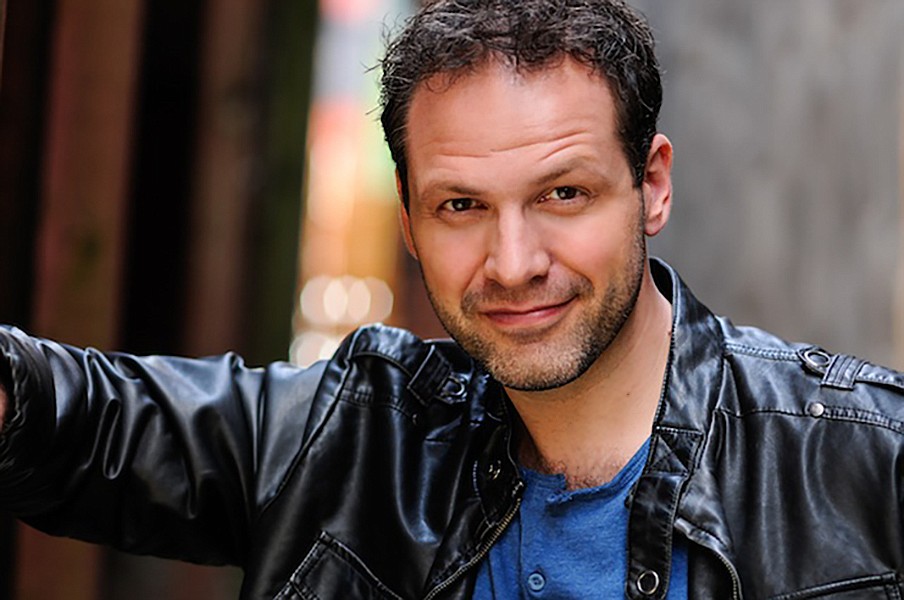- May 31, 2025
-
-
Loading

Loading

Florida Studio Theatre is launching its new children’s series with Kevin Del Aguila’s adaptation of Margery Williams’ “The Velveteen Rabbit,” a haunting allegory of the power of love and imagination. Simply put, the story’s hero loves his favorite stuffed toy to death — basically reducing the bunny to velveteen tatters. After the child recovers from scarlet fever, the doctor orders all his toys burned. But, in surprising act of metempsychosis, the rabbit is reborn as a real bunny. The boy, it seems, loved him to life. What’s the author saying? Well …
Analysis is the critical equivalent of worrying your toys to bits.
It’s a delightful tale, whether you analyze it or not. But we recently decided to take that chance, asking director Jason Cannon about what it all means.
What does “The Velveteen Rabbit” mean to you?
Through my childhood, I loved the stuffing — literally and figuratively — out of a little brown dog named Flopsy that my grandmother gave me and a cream-colored teddy bear named Beethoven Bartholomew, which my aunt gave me. He had a blue knit cap and a voice and a personality, of course. My brother and I also had an entire family of stuffed monkeys. They all had voices, dreams and jobs, and relationships. I held onto those monkeys through college and into my 20s. I only finally got rid of them via donation in my mid-30s before moving to Florida.
What makes it timeless?
The story is timeless because children are timeless, and because imagination is timeless. As a director, the best thing I can do is just get out of the way of this story. I tried to encourage the actors to think back on their own stuffed-animal families and remember that the story isn’t so much about the rabbit as it is about the boy growing up.
How did you approach visualizing the story?
I always start by asking what’s the absolute minimum I need to tell the story. Then I strip away anything that isn’t actually necessary. This clarity is then refracted through an unswerving respect for the young audience. That said, the younger audience responds better to grand, overt gestures than to subtlety, understatement or irony. Thanks to the playwright’s terrific adaptation, defining a visual vocabulary was a fairly straightforward process. That doesn’t always happen.
Who dreamed up the imaginative set?
The set grew out of several conversations between Caroline Kaiser, Bruce Price and myself. Caroline is FST’s director of children’s theater; Bruce is FST’s production manager and the scenic designer for “Velveteen.” Drawing on basic suggestions in the script, we talked through how literal or metaphorical we wanted to make the set. We knew we had to represent four basic locations. The script’s use of magic and direct address gave us the freedom to create the gigantic visual gesture of a mountain of wooden alphabet blocks, out of which we manifested all the props and locations.
I assume you can’t buy giant alphabet blocks on Amazon.
No. We gave the essential idea to the carpenters in our scene shop. They got to work and churned out over three dozen blocks of various sizes, which they kept tweaking and painting, even as we rehearsed with them. I was eager to have blocks that could open, stack and spell out words.
What do you wish to spark in kids’ imaginations?
First, your imagination is powerful, and you possess the world-changing magic to tell stories anywhere. And selflessness will enable you to deal with the indifference of time’s passing. Loss is inevitable, but it doesn’t have to be debilitating. Actually, it’s the only thing that gives meaning to anything.
Nothing lasts forever.
No, it doesn’t. That’s why we have to cherish what we love in the here and now.